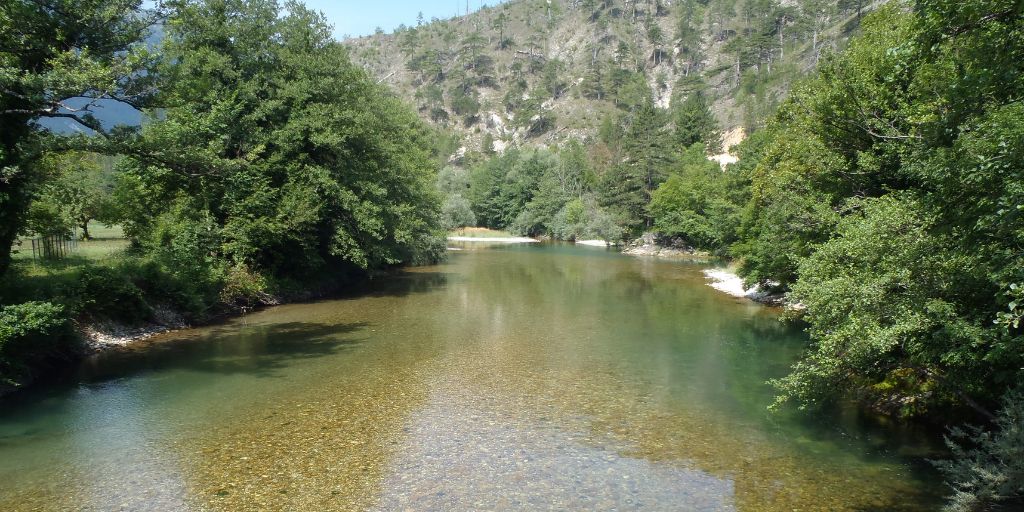As part of its REPowerEU initiative to end reliance on Russian gas, the European Commission is currently running a public consultation – ending on 27 July – on proposed amendments to the Renewable Energy Directive.
Go-to areas
The idea is for each Member State to identify ‘go-to areas’ where renewable energy development is considered desirable. These should include e.g. built-up areas or degraded land not usable for agriculture. Projects in these areas would then be subject to lighter environmental permitting processes.
As spatial planning is a clear problem in some EU Member States, it makes sense to tackle this issue and make sure that a reasonable amount of land is allocated for much-needed renewables development, but this will not be a quick process if it is based on proper scientific research.
Decades of environmental protection achievements under threat
The problem is, projects in go-to areas would not need an environmental impact assessment (EIA). And in cases where they may have significant impacts on Natura 2000 sites, they would not need to undergo appropriate assessments as required by the Habitats Directive.
This is panic-mode decision-making at its worst. The EIA Directive and Habitats Directives are already flexible enough to ensure that benign projects are not subject to unnecessary procedures. The screening process already ensures that many solar and wind projects need no EIA. So the main change would be to let controversial projects in go-to areas off the EIA hook as well.
Needless threat to Natura 2000 sites
Muddying its own idea that go-to areas should be priority areas for development, the Commission has made an inexplicable and gratuitous proposal which needlessly puts Natura 2000 sites at risk as well.
Currently, if a project is likely to have a significant impact on a Natura 2000 site, it has to undergo an appropriate assessment under the Habitats Directive. If it is confirmed that the project would ‘adversely affect the integrity of the site concerned’, it generally should not go ahead. There are exceptions, however, for projects where there is no alternative and which are of ‘overriding public interest’.
The rules are stricter in cases where the site hosts a priority natural habitat type and/or a priority species – the latter including wolves, bears, or sturgeon, for example. In such cases, generally only protecting human health or public safety can be cited as grounds to declare a project of ‘overriding public interest’.
The result is that some renewable projects can be built in Natura 2000 areas, and some cannot. This must always be assessed on a case by case basis.
Yet the Commission has proposed that ‘the planning, construction and operation of plants for the production of energy from renewable sources, their connection to the grid and the related grid itself and storage assets’ are to be ‘presumed as being in the overriding public interest and serving public health and safety’.
The appropriate assessment will be robbed of its power, reduced to a tool to define mitigation and compensation measures, instead of preventing harm in the first place. And it is not even clear what will be achieved, as Natura 2000 areas are unlikely to offer many quick opportunities for renewables development.
The public consultation boomerang
EIA and appropriate assessment processes also include public consultation requirements and guarantee the public the right to challenge the relevant decisions in court. So the Commission’s proposals are likely to breach the Aarhus Convention and are almost certain to be counterproductive.
Renewable energy, whether wind, hydropower or other sources, has already been a flashpoint for public opposition, and there is nothing more guaranteed to get on people’s nerves than the feeling they are being kept in the dark about what is happening in their area. The process of deciding on go-to areas is supposed to include public consultation but cannot be a substitute for project-level processes.
Other barriers need more attention
Environmental protection rules are not the only, nor the main barrier to renewable energy development in the EU. A 2021 EU-funded study identified a range of issues preventing faster renewables deployment, including spatial planning issues, lack of skilled administrative staff, unclear or incoherent rules, and lack of digitalisation leading to the need for extensive physical paperwork. Many of these issues are echoed by WindEurope in their paper on the issue as well.
The Commission’s REPowerEU proposals do include some points on addressing these issues, notably spatial planning. But much more attention needs to be paid to some of the other points. Speeding up digitalisation and increasing administrative capacity to process permitting applications, for example, would be a much more constructive approach than dismantling environmental safeguards.
The European Parliament must ensure that the more destructive elements of these proposals are stopped. Otherwise this Commission will be remembered not for the European Green Deal, but for ripping up the EU’s environmental and public consultation rules.
Never miss an update
We expose the risks of international public finance and bring critical updates from the ground – straight to your inbox.
Institution: EU
Theme: Biodiversity | REPowerEU | Natura 2000
Location: EU
Project: EU funds and biodiversity
Tags: Environmental Impact Assessment | Natura 2000 | REPowerEU | biodiversity | public consultation | renewable energy

